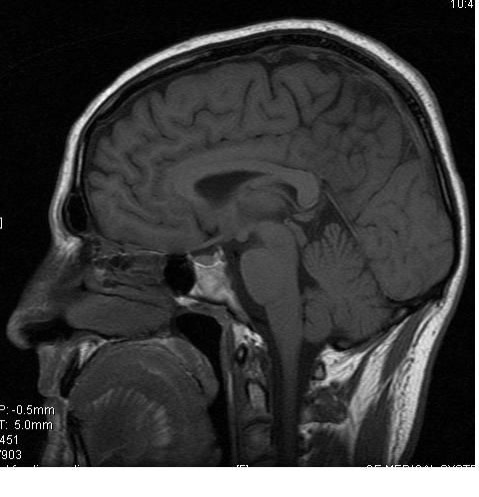Neurocriminology May Explain Biological Underpinnings Of Violence, Evil

In comparison to President George W. Bush's lofty characterization of America's geopolitical enemies as an "Axis of Evil," neuroscientists can now offer more grounded explanations for violence and conflict based on observable phenomena.
A new body of knowledge is emerging that examines violence and aggressive tendencies at the root level, using brain-imaging technology of modern neuroscience. More than 100 brain-imaging studies have shown structural and functional impairment in the brains of violent offenders, both adolescent and adult, according to Adrian Raine, the Richard Perry professor of criminology, psychiatry, and psychology at the University of Pennsylvania.
Raine's new book, The Anatomy of Violence: The Biological Roots Of Crime, examines an issue featured in Fox's House, a medical-detective drama that ran from 2006 to 2012. Raine says nearly 200 twin and adoption studies have shown that fully half of the procivity toward aggression, violence, and crime is inheritable. Brain dysfunction, he says, influences one's likelihood to engage in violence and crime in a way similar to an upbringing in a bad neighborhood.
Aside from genetics, environmental influences such as toxins may greatly impact one's future, he said. Maternal smoking and drinking double or triple the odds of adulthood delinquency. Birth complications — especially when combined with adverse childhood environments — also raise such chances. Raine says poor neonatal nutrition triples the incidence of antisocial personality disorder in adulthood. Specifically, poor nutrition seen in studies among 3-year-olds correlates to heightened aggressive and antisocial behavior during teenage years, he said.
"In my book, I argue that the answer [to preventing violence] goes well beyond gun control and is hidden away below most peoples' radar screen," he wrote in an editorial published by CNN. "The true culprit is bad biology."
The thought might frighten fans of dystopian novels and civil libertarians. Could brain-imaging detect criminal behavior in a person before they even commit a crime?
But Raine seeks to reassure critics. "Biological interventions need not be Draconian, and it's never to late to stop the rot," he says.
Randomized controlled studies have shown that stimulants, from antipsychotics to mood stabilizers, have been "surprisingly effective" in helping to reduce aggression in children and adolescents, he said. But aside from medications, diet improvements may help reduce aggression. One study showed a 35 percent reduction in violent offenses among young prisoners fed a diet higher in omega-3, a long-chain fatty acid critical for healthy brain structure and function, he said.
There is a difference, Raine said, between advocating for eugenics and pursuing a lofty — some would say impossible — goal of providing a baseline of health, one that would allow every human a good start.
Published by Medicaldaily.com



























